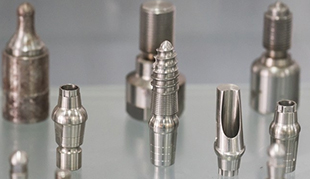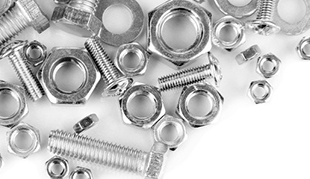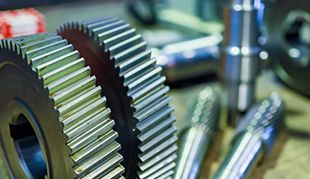The construction of metal injection molding
Metal Injection Molding (MIM) is an innovative manufacturing process that combines the versatility of plastic injection tooling with the strength and durability of metal components. This cutting-edge technique has revolutionized the production of intricate metal parts for various industries, including automotive, aerospace, electronics, and healthcare.
Precision is Key
In the realm of MIM, precision is paramount. Components often demand tolerances as tight as +/- 0.5% of the dimension or even tighter. To achieve this level of accuracy, a meticulous approach is adopted. MIM vendors opt for a "steel safe" method in which outer dimensions are set to the lower end of the component tolerance band, while inner dimensions are set to the higher end. This prudent strategy enables subsequent adjustments to the final mold size, if necessary, after the initial test pieces are sintered.
Iterative Process for Optimal Results
The MIM process is characterized by an iterative and adaptive approach. During the first stages of production, test pieces are carefully sintered, and precise shrinkage factors for each dimension are meticulously measured. Armed with this crucial information, the final mold cavity dimensions can be modified through precise final machining, ensuring that the end product meets the stringent requirements of the design.
The Fusion of Metal and Polymer Expertise
Metal Injection Molding brings together the best of both metalworking and plastic injection molding expertise. The process begins with the creation of a feedstock – a fine mixture of metal powder and a carefully chosen polymer binder. This combination allows for intricate molding possibilities that were previously unattainable through traditional metalworking techniques.

Advantages of MIM
The adoption of Metal Injection Molding offers numerous advantages. Firstly, it facilitates the production of complex shapes and geometries that would otherwise be arduous to manufacture. Secondly, MIM ensures a higher degree of material utilization, minimizing waste and making it an environmentally friendly option. Moreover, MIM enables cost-effective mass production, making it a viable solution for industries seeking to scale up their operations.
Fine-Tuning with Machining
After the precise shrinkage factors for each dimension are determined, the final mold cavity dimensions can be fine-tuned through machining. This step ensures that the finished product meets the exact specifications required by the client. Machining is a critical aspect of the MIM process, allowing for intricate details and complex geometries to be achieved with exceptional accuracy.
Applications of MIM
The versatility of MIM allows it to find applications across various industries. From the production of small, intricate components for electronics and medical devices to larger, more robust parts used in automotive and aerospace industries, MIM has revolutionized the way precision components are manufactured.
Looking Ahead
As technology advances and material science continues to evolve, the potential for Metal Injection Molding only continues to grow. Researchers and manufacturers are constantly exploring new materials and refining the MIM process, expanding its capabilities and pushing the boundaries of what can be achieved.
Metal Injection Molding stands at the forefront of precision manufacturing, fusing metal and polymer expertise to create intricate components with exceptional accuracy. As this transformative technology continues to mature, we can expect to witness even greater achievements in the world of precision engineering.






